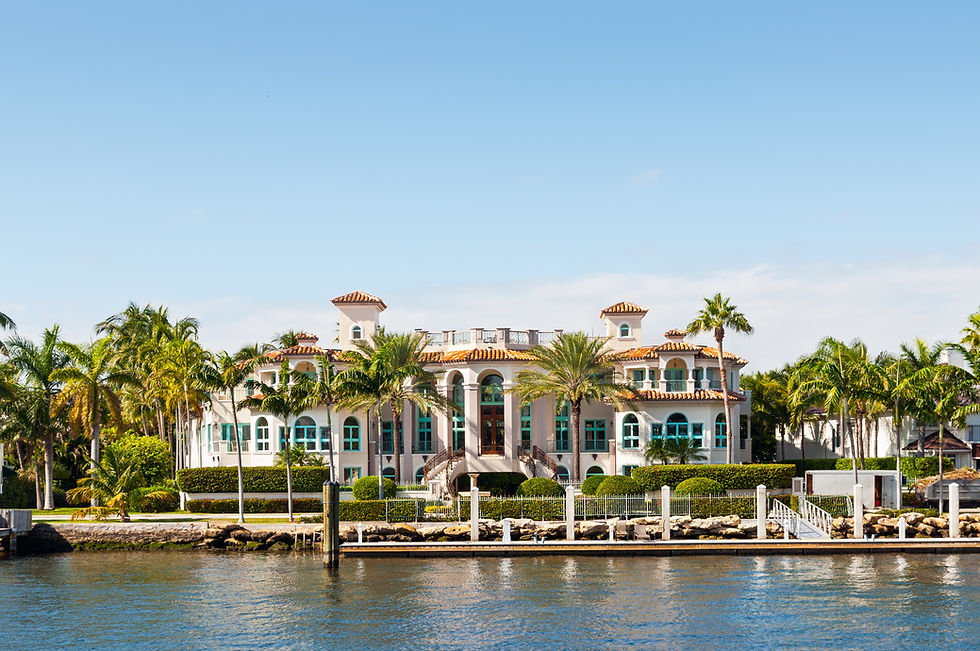10-Year Treasury, 30-Year Fixed Mortgage Rates, and How They Fit Together
- Keith C
- Mar 4
- 3 min read
Updated: Sep 9
Understanding the Link Between the 10-Year Treasury and Mortgage Rates: A Simple Breakdown for Everyone
Alright, time to put on your nerdy glasses because we’re about to break down why real estate and mortgage folks obsess over “The 10-Year.” First, let's define a couple of terms:
10-Year Treasury: I asked ChatGPT to define this, and my little AI buddy did a solid job:
"The 10-Year Treasury Bond (T-Note) is a U.S. government debt security that matures in 10 years and pays interest (coupon payments) every six months. It is one of the most widely followed bonds in the world because its yield serves as a benchmark for interest rates on mortgages, corporate bonds, and other financial instruments."
30-Year Fixed Mortgage: Did the same for a 30-year mortgage, and, once again, lil' guy nailed it:
"A 30-year fixed mortgage is a home loan that is repaid over 30 years with a fixed interest rate for the entire duration of the loan. This means your monthly principal and interest payments remain the same throughout the loan term, regardless of market interest rate changes."
Okay, now that we’ve got the definitions down, let’s talk about why these two tend to move together. Essentially, it’s because the folks who would want to invest in the 10-Year also like mortgage-backed securities. So when it’s good for one, it’s usually (but not always) good for the other. In short, they move in tandem.
So, if they’re so similar, why are they usually priced differently? The answer: risk.
What's riskier, whether a homeowner will pay you back or whether the U.S. government will? Even in the wild ass times we’re living in now, a 30-year fixed mortgage is considered more risky than a 10-Year bond. So, if I’m trying to get you to invest in my mortgage pool, I have to offer a better rate of return than what you'd get with the 10-Year. Essentially, they're competing for the same dollars, and the riskier investment (30-year mortgage) should offer a higher return to compensate for that added risk.

Let’s Put This into Real-World Context
Let’s play make-believe for a second and push some buttons in the economy to see what happens.
Let’s say it’s a really bad day on the stock market, and it’s down. Really down. Like people are freaking out, thinking it could get even worse. You’ve got millions (or even billions) invested in stocks, and you’re watching them disappear like the last sip of whiskey on a perfect Friday night. You need to fix that, and fast. You want to move your money “somewhere safe for a while.” This is where the 10-Year Treasury and the 30-year mortgage pools come into play. Both are pretty safe (as mentioned earlier), though one is safer than the other.
So, do you want maximum safety? You might move towards the 10-Year. Or maybe you still want a better return and are willing to take on a bit more risk, then it’s "hello, 30-year mortgages, you look wonderful tonight."
This is why, when the stock market drops, you often see both interest rates and the 10-Year yield fall. There’s more demand for these safer assets, but supply stays the same. So, I don’t have to offer the same return on the 30-year fixed mortgage because there are plenty of people who want to park their dollars there.







Comments